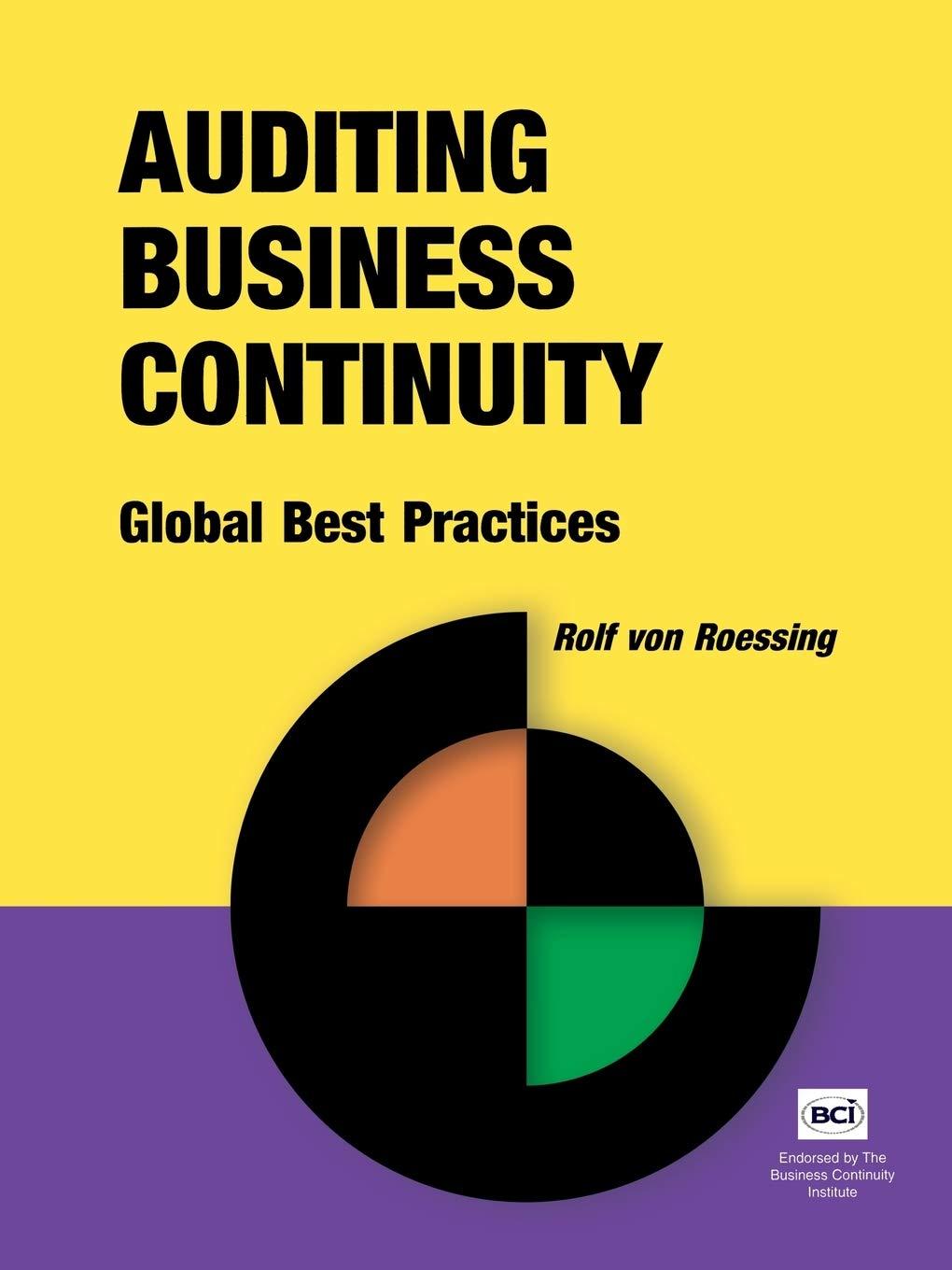Answered step by step
Verified Expert Solution
Question
1 Approved Answer
Audit Procedures for Contingent Liabilities Contingent liabilities are potential obligations that may arise from past events but their existence depends on the occurrence of uncertain
Audit Procedures for Contingent Liabilities
Contingent liabilities are potential obligations that may arise from past events but their existence depends on the occurrence of uncertain future events.
Examples of contingent liabilities include pending lawsuits, warranty claims, and guarantees provided by the company. Auditors perform specific procedures to assess the likelihood of these liabilities and their potential impact on the financial statements. Let's explore the audit procedures involved in this process.
Understanding the Nature of Contingent Liabilities: The auditors begin by gaining an understanding of the nature of contingent liabilities. They review relevant documentation, such as legal agreements, contracts, and correspondence, to identify potential contingent liabilities. This helps the auditors assess the likelihood and potential impact of these obligations on the financial statements.
Evaluating Management's Assessment: The auditors evaluate management's assessment of contingent liabilities. They review the company's policies and procedures for identifying, evaluating, and disclosing contingent liabilities. This includes assessing the adequacy of the company's internal controls over the identification and assessment of contingent liabilities.
Obtaining Legal Opinion or Expert Advice: In some cases, auditors may seek legal opinions or expert advice to assess the likelihood and potential impact of contingent liabilities. They may engage legal counsel or other experts to provide insights into the legal or financial aspects of the contingent liabilities. This helps the auditors make informed judgments regarding the recognition and disclosure of these obligations.
Reviewing Documentation and Correspondence: The auditors review relevant documentation and correspondence related to contingent liabilities. They examine legal documents, correspondence with legal counsel, and communication with third parties to gather evidence regarding the existence and potential impact of these liabilities. This helps ensure that all material contingent liabilities are appropriately disclosed in the financial statements.
Assessing Probability and Estimation: The auditors assess the probability of occurrence and estimation of contingent liabilities. They evaluate the likelihood of the uncertain future events associated with contingent liabilities and assess the reasonableness of management's estimates, if any, related to the potential financial impact. This helps ensure that the financial statements reflect the best estimate of the potential liability.
Objective Question: Which audit procedure involves assessing the likelihood of uncertain future events associated with contingent liabilities? A Understanding the nature of contingent liabilities B Evaluating management's assessment C Obtaining legal opinion or expert advice D Assessing probability and estimation
Please select the correct answer A B C or D

Step by Step Solution
There are 3 Steps involved in it
Step: 1

Get Instant Access to Expert-Tailored Solutions
See step-by-step solutions with expert insights and AI powered tools for academic success
Step: 2

Step: 3

Ace Your Homework with AI
Get the answers you need in no time with our AI-driven, step-by-step assistance
Get Started


